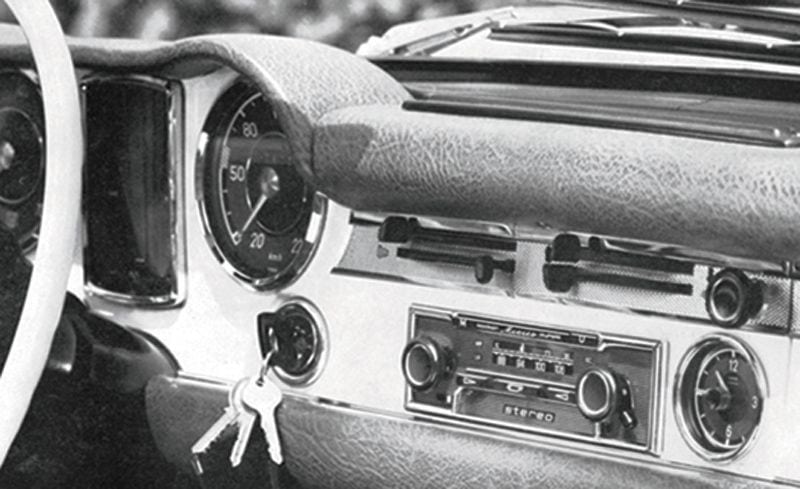From Buttons to Touchscreens: The Evolution of Car Infotainment Systems

by AutoExpert | 16 September, 2024
If you’ve ever cursed аt your car's touchscreen while trying to switch from your fаvorite podcast to a traffic updаte, you're not alone. It feels like a betrayal, right? Starting in the '90s, German car makers began a kind of tech arms race, introducing us to the first infotainment screens—those fancy touch interfaces that we both love and loathe. And as tech usually does, it trickled down to more budget-friendly rides, bringing with it the backup camera mandate by the U.S. government. Now, touchscreens are everywhere.
So, what’s the big fuss about these touchscreens? At first, they seemed like a bright idea, especially with third-party integrations like Apple CarPlay and Android Auto simplifying things. But then, the auto industry hit a crossroads. It became cheaper to slap a screen in the dashboard than to install a bunch of tactile buttons. Just look at cars like the Renault Kwid; they might skip on essentials like an ABS system or an extra airbag to keep costs down, but a touchscreen? That's a must-have!

This shift to screens has had a huge impact. The classic, tactile joy of pressing a button or turning a dial has been traded for taps and swipes. This cost-cutting measure might be easier on the automakers' wallets, but it’s a pain for those of us who miss the straightforwardness of physical controls. And it’s not just a nostalgia thing—these screens can be genuinely frustrating to use while driving.

Over the years, complaints about these infotainment systems have dominated customer feedback in J.D. Power’s reliability surveys. My own pet peeves? I can't stand it when I have to swipe through menus just to change driving modes or when I have to talk to my car to adjust the thermostat—seriously, a simple knob worked just fine!

Thankfully, it looks like there’s a light at the end of the tunnel. The latest J.D. Power 2024 U.S. Multimedia Quality and Satisfaction Study shows improvements, finally. After nearly 30 years of frustrations, automakers are starting to get it right, with better voice recognition and fewer USB port issues among the advancements.
But it's not just the luxury brаnds leading the way. Surprisingly, brаnds like Hyundai and Mitsubishi are scoring high on customer satisfaction, outperforming some of the traditional luxury giants. And when it comes to the tech behind these systems, companies like Hyundаi Mobis and Bosch are setting the standard, showing that good multimedia systems can come from outside the usual premium sphere.

So, where do we go from here? With feedback and technology improvements, there's hope that future cars will keep getting better at integrating these systems. Who knows? Maybe soon we'll get to a point where these systems are as intuitive as using our smartphones—without any of the current hiccups. Here's to hoping the future of car tech brings back some of the ease and reliability we miss from the good old days of dials and buttons!

















